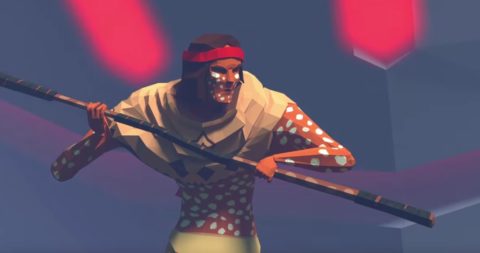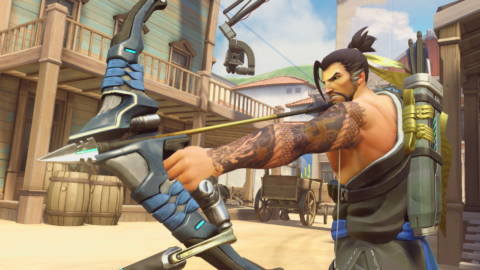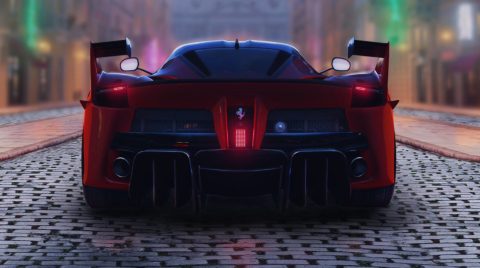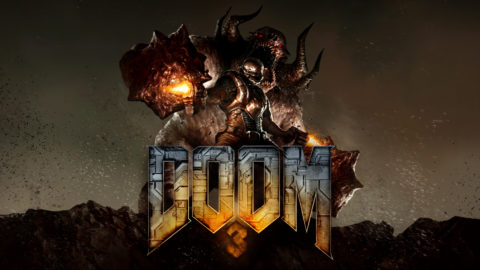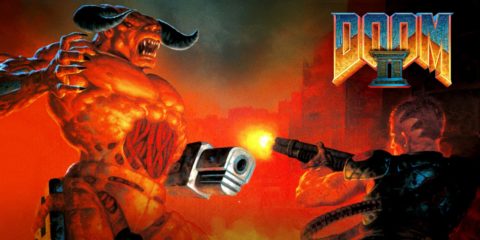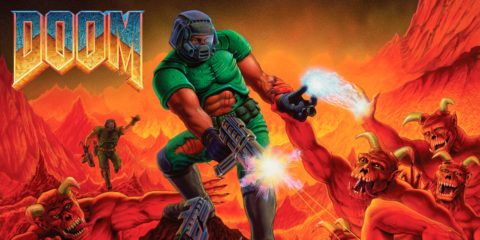Myths and legends exist in every kind of culture around the world. Gods, monsters, creatures, heroes, and villains are prevalent in the stories of every region and it’s people. Yet when it comes to media, you typically see only a small fraction of those mythologies represented in games. You have tons of games with the Greek and Roman mythologies, and plenty that reference Norse myths, but how many games do you know that reference Tarahumara mythology from Mexico? Probably not many. But that’s exactly the kind of lore Mulaka delves into, and it makes for a refreshing and interesting base to work from.
A Sukuruame at the End of the World

Mulaka kicks things off with a gorgeous prologue cutscene telling the origin story of the Tarahumara people, and how the world and stars were created by the two gods, Day and Night, and their children, Sunrise and Sunset. The Tarahumara themselves then, are descendants of the stars, with the first generation of their people falling to earth like meteors, complete with crater. Through their influence, the world flourished, but eventually, a sinister force’s influence led to war, destruction, and downfall. This encroaching darkness is revealed to be Teregori, ruler of the underworld. He’s been using his influence to try to cause the end of the world. The only one who can stop him is Mulaka the Sukuruame, a hero of the Tarahumara.
As Mulaka, you’ll cross the lands, fight enemies from both the physical and spirit realms, and solve puzzles. All the while, your goal is to reawaken each region’s slumbering god. Powerful creatures under the leadership of Teregori have taken over each of the regions. It’s up to you to find your way to these monsters and free the god they’re holding captive. Each region has a different varied biome, it’s own NPCs, and series of challenges for you to delve into. Whether it be an arid yet bustling pueblo town, a gleaming river deep in a ravine, or a spooky nighttime jungle, Mulaka’s different biomes are all a gorgeous treat to explore.
The game’s cel-shaded, low-poly artstyle is reminiscent of a PS1/PS2 era title, but the draw distance and texture resolution are much better, resulting in an overall gorgeous artstyle. Mulaka’s animations are a little stiff and silly in some points (his run animation specifically) but overall he and the other characters feel like they fit well into this world.
Swordpl- Er, Spearplay

In most games of this type, the hero usually wields a sword, maybe a shield to go with it. Mulaka forgoes the tried and true blade in favor of a nice, long spear. It doesn’t change the usage much, but it does give him a bit more lee-way in range than your average protag. In his basic gameplay repetoire, Mulaka has a light attack, a heavy attack, a jump, and a quickdodge. Each of these has their use in combat, usually for specific enemies. Charging stone beetles will need to be dodgedd before you can thump ’em. Combos can also be triggered by specific sequences of light and heavy attacks, each with their own uses.
Speaking of enemies, the game does a great job introducing new baddies at a decent pace. Each area adds in additional types of enemies whilst keeping the other ones from the previous levels. As a result, the further you get into the game, the more enemy variety you encounter, and the more you have to react to different enemy combos and required moves. You may handle magic mantis men, but when teamed up with rock beetles, will you know how to adapt?
In addition to his basic abilities, Mulaka has other, more targeted options. A sprint button lets you speed across levels at a surprisingly fast pace, and gives you increased jump height. Another button lets you throw your spear to hit faraway targets and stun flying enemies. Yet another engages Sukuruame vision, letting you see objects and enemies in the spirit realm. Other abilities you unlock later, like a bomb toss and your transformations, add even more. By the time you’re done with the game, Mulaka is truly a swiss army knife of a man.
Bear and Bird… and More

One of Mulaka’s defining characteristics is it’s transformation mechanic, used to great effect. As you save the different gods of each region, they’ll lend you their form to use. Saving the woodpecker god gives you a double jump and glide via a woodpecker transformation. Saving the bear god gives you a powerful melee slam that destroys specially marked blocks. These abilities give you access to plenty of areas that you can’t get to via Mulaka’s normal means. Not only do they apply in the level you get them, but the game also leaves plenty of secrets worth backtracking for in earlier levels. They also add to combat in their own way – for example, the woodpecker allowing you to dodge grounded enemies.
These transformations are also often involved with the bossfights at the end of the level. Much like a traditional Zelda game would make you use your dungeon item on the boss, your new transformation will be integral to dealing with the level’s big bad. Whether you’re riding a wind gust as the bird or slamming down as the bear, these transformations have timers based on a magic bar. This bar will slowly fill up when you’re human Mulaka, whereas as an animal you’ll constantly drain it. Sukuruame vision also drains this bar, so magic management becomes increasingly important over time.
Some Unfortunate Glitches and Controls

As much as I enjoyed my time in Mulaka, it’s problems are unfortunately readily apparent. Environment hitboxes are a bit iffy in places. Sprinting around sand dunes can sometimes send Mulaka flying because he doesn’t crest the hill right, resulting in unfortunate falls. Taking knockback from certain enemies can put you in unfair situations sometimes as well. One particular enemy slammed me into a mud pit, then Mulaka respawned, only for the enemy to slam me into the mud again. Trying to catch a pheasant once had the prompt for catching it stick onscreen. This ended up preventing me from interacting with anything but the pheasant. But despite all of these issues, one sticks out amongst the rest: the woodpecker.
The woodpecker is a great idea in theory. Using a transformation as a double jump along with a glide is a great mechanic, and if done better, could have been great. But it ends up being a drag in practice. The woodpecker’s glide speed is painfully slow, meaning the times you’re forced to use it end up slowing the game’s pace to a crawl. The camera also decides to zoom in for some unknown reason during woodpecker flight. This prevents you from seeing the all-important shadow that lets you know where you’re going to land. In a game that asks for a decent amount of precision platforming, this is a huge issue.
The game’s collision has a lot of issues, with the woodpecker being especially atrocious. Gliding against certain walls can lead to either you pinging up them like a rollercoaster, or dropping you instantly from a tap. One specific usage of the woodpecker, completely on accident, lodged me behind a wall I needed a later ability for, forcing me to reset to escape. Even jumping to a regular ledge sometimes can lead to Mulaka’s fall animation playing nonstop as he slowly slides down a negligible slope to his doom.
A Spear’s Throw from Greatness

Mulaka is a game that has a very promising concept that doesn’t really capitalize on it well. It’s a novel setting and style for a game, and on the presentation side, it shines. The cutscenes and visuals clearly had impressive artistic talent behind them, and make these simple color polygons feel alive. Sadly, the game’s unfortunately common bugs often don’t let you truly get immersed. Not before your woodpecker clips into a boulder again. The game’s puzzles, while fun, more often than not just waste your time rather require that you think critically. So many parts of this game are solid, like the combat, atmosphere, and level design. Maybe patches can fix the rest in the future. For now though, the game isn’t inadequate, but there’s one too many things holding Mulaka back from being the game it deserves to be.
Review Copy Provided by Evolve PR
